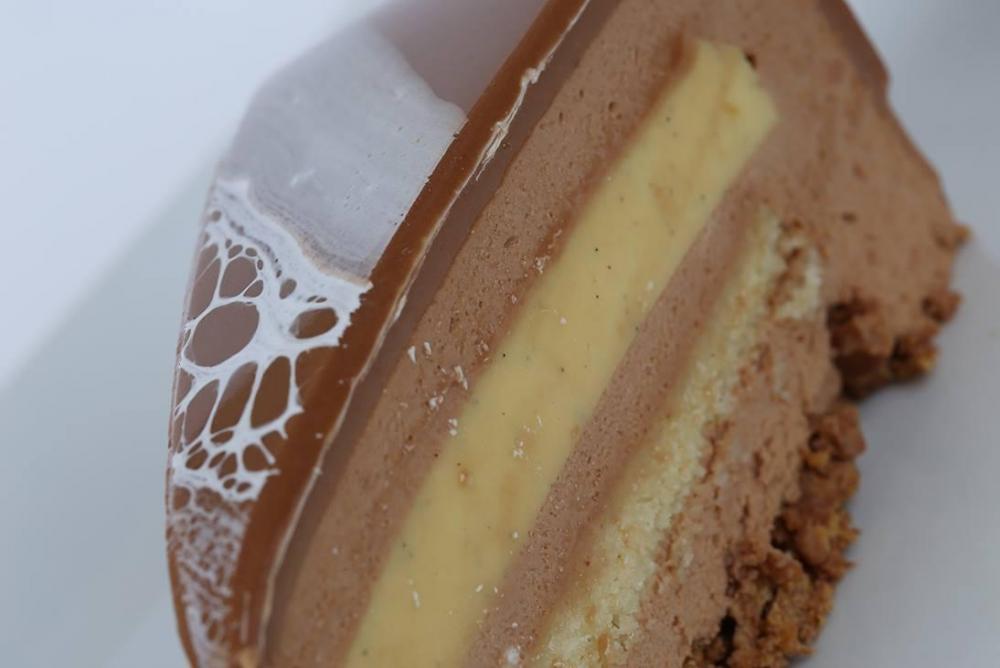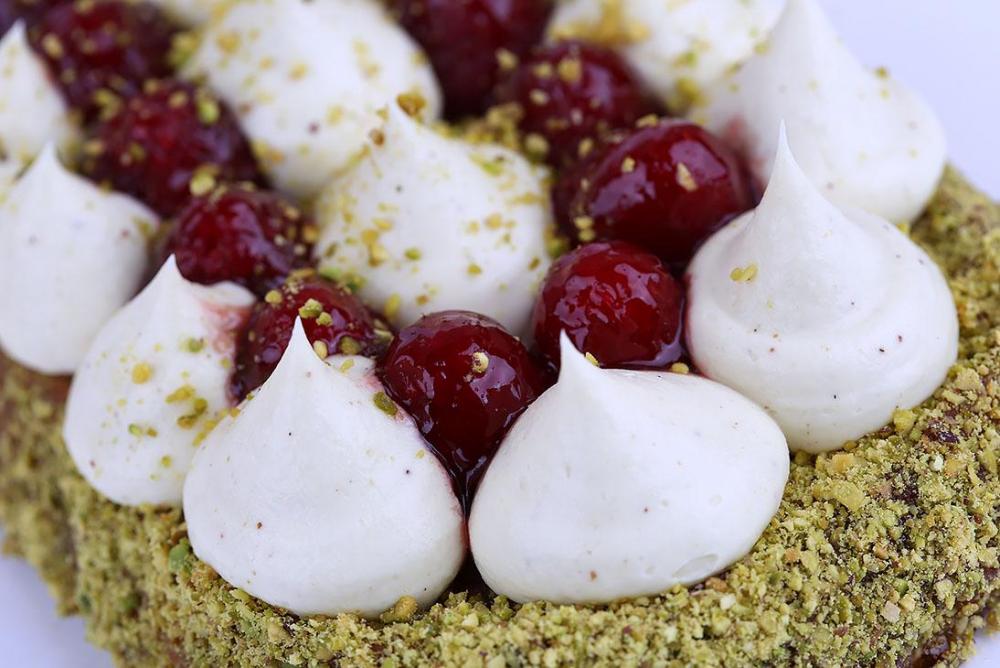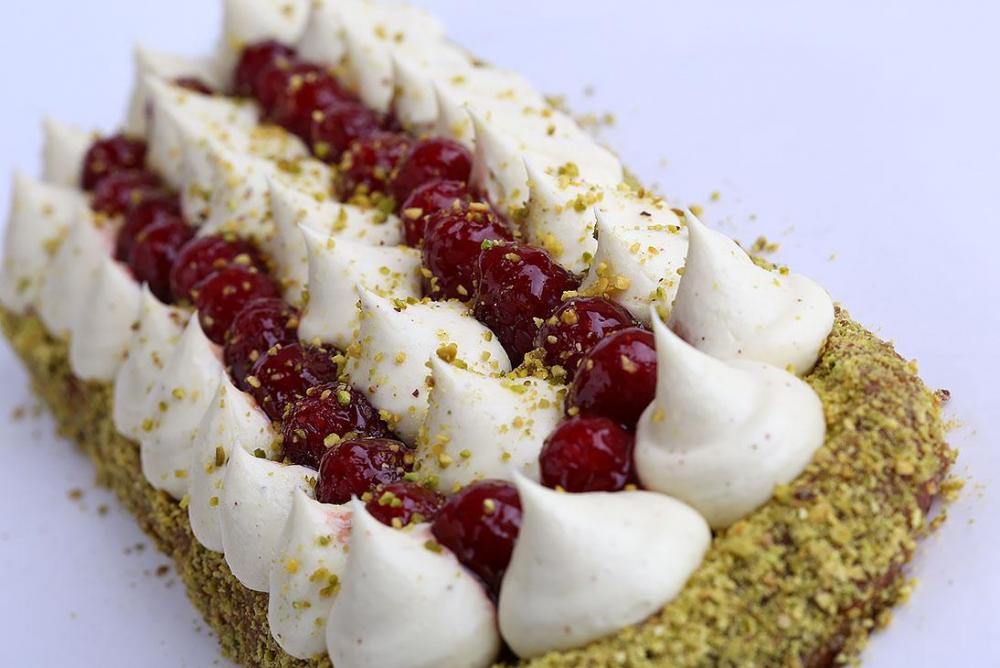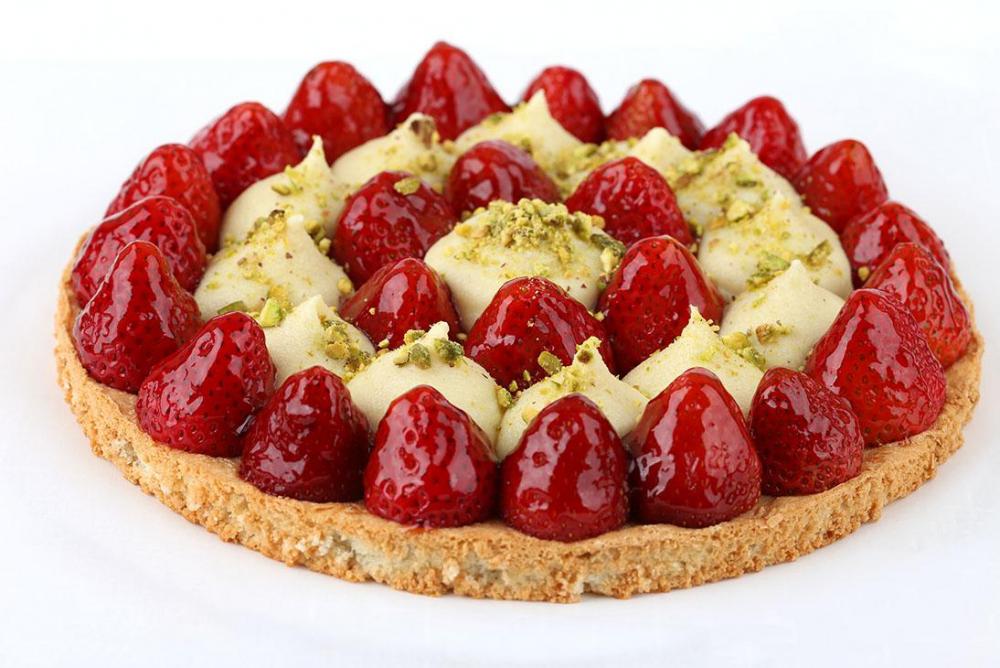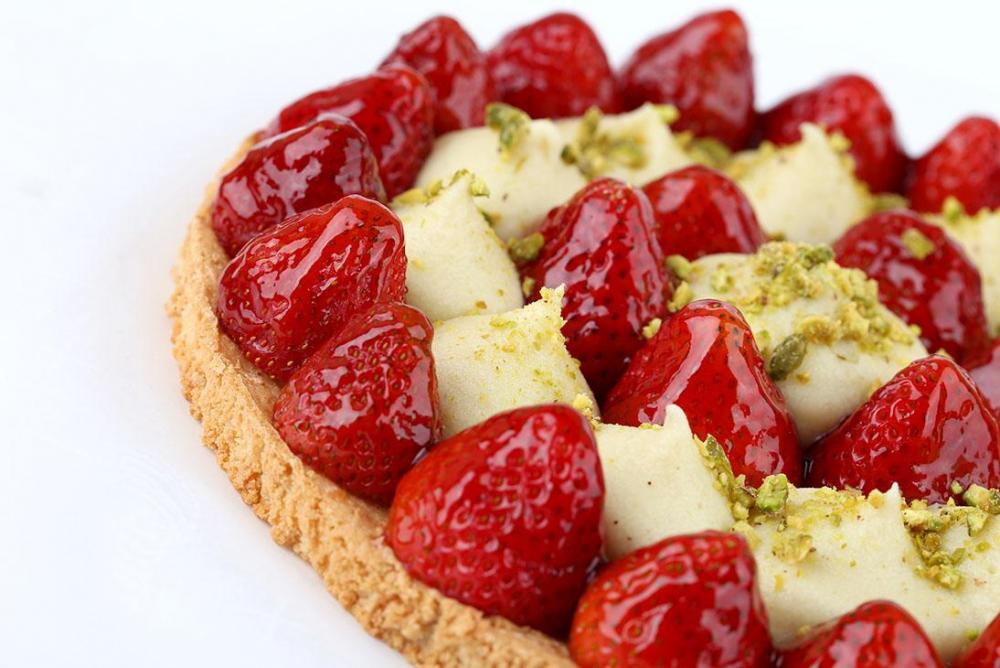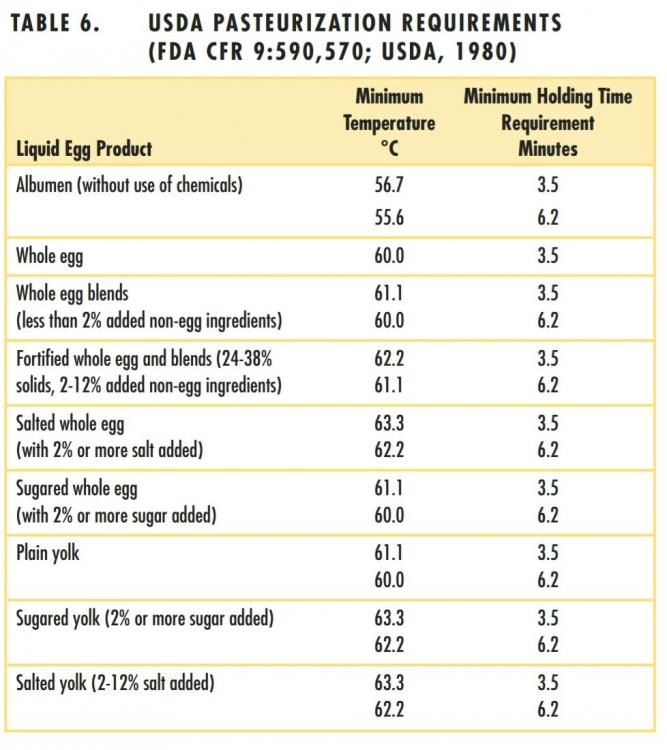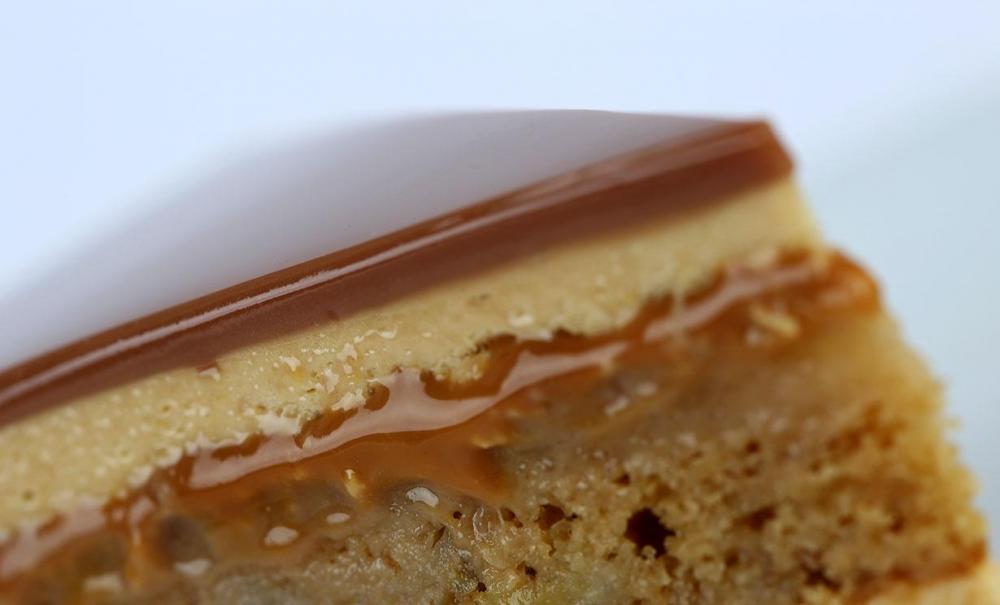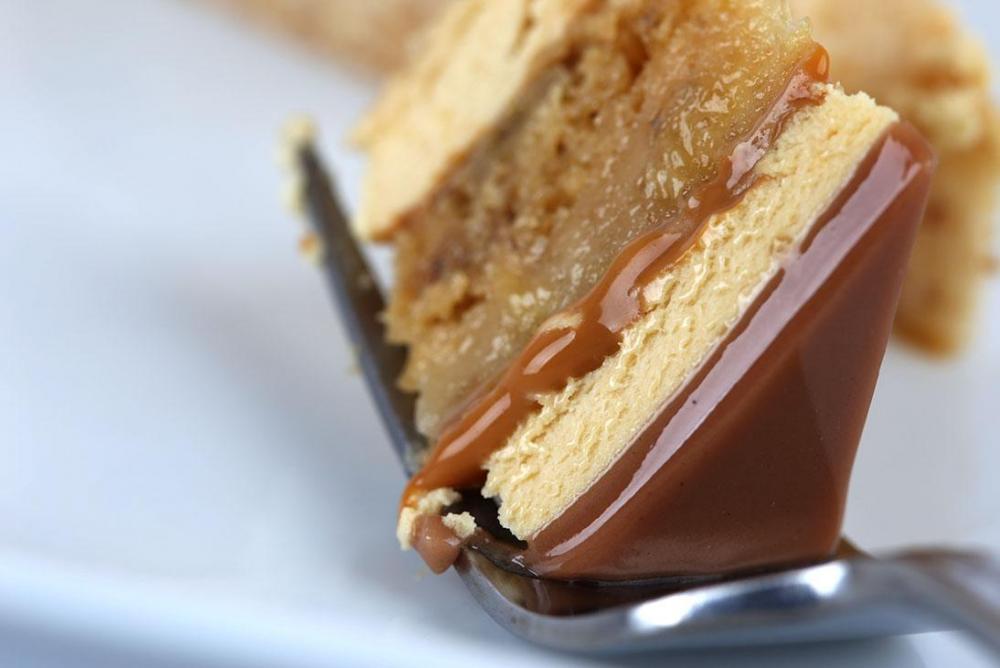-
Posts
2,351 -
Joined
-
Last visited
Contact Methods
-
Website URL
http://
Profile Information
-
Location
Louisville, KY, USA
Recent Profile Visitors
7,015 profile views
-

Your Daily Sweets: What Are You Making and Baking? (2017 – )
Patrick S replied to a topic in Pastry & Baking
Without trying to derail this thread, I would say that discussions about HFCS are typically rife with misunderstandings of what the actual differences are between HFCS and other sweeteners. And most of the articles claiming some metabolic difference between HFCS and ordinary sugar actually point to metabolic studies using pure fructose rather than HFCS. HFCS is not higher in fructose than most other commonly used sugar sweeteners, and sugar sweeteners that are mixtures of fructose and glucose do not have the same metabolic effects as sugar sweeteners that do not also contain glucose. HFCS is manufactured and used commercially in two major formulations, a 42% fructose version and a 55% fructose version, with most of the rest of the sugars being glucose. So to an approximation, HFCS is basically a 50/50 mixture of fructose and glucose, just like sucrose, ordinary sugar. The only real difference between HFCS and ordinary sucrose is that in sucrose the glucose and fructose monomers are joined by a hydrogen bond. Following consumption, this bond is rapidly broken, or hydrolyzed, yielding unbound fructose and glucose monomers, and controlled metabolic studies have found no significant differences in their effects (e.g., with respect to fasting plasma glucose, insulin, leptin, or ghrelin). Invert sugar and honey are even more similar to HFCS, in that they consist of unbound glucose and fructose monomers, in basically equal proportions (45/45 in the case of invert sugar, 49/43 in the case of honey), just like HFCS. Below are links to two articles, one in the American Journal of Clinical Nutrition, and a review article in the journal Advances in Nutrition, both with free full-text available. From the abstract of the AIN article: ". . . a broad scientific consensus has emerged that there are no metabolic or endocrine response differences between HFCS and sucrose related to obesity or any other adverse health outcome. This equivalence is not surprising given that both of these sugars contain approximately equal amounts of fructose and glucose, contain the same number of calories, possess the same level of sweetness, and are absorbed identically through the gastrointestinal tract." http://advances.nutrition.org/content/4/2/236.full http://ajcn.nutrition.org/content/88/6/1716S.full http://jn.nutrition.org/content/145/10/2265.abstract -
I think one of the big factors in play right now is decreased production in Madagascar - cyclone Enawo in March put a big hit on their output this year.
-

Your Daily Sweets: What Are You Making and Baking? (2017 – )
Patrick S replied to a topic in Pastry & Baking
Yes, the entremet will hold in the freezer just fine as long as you cover it well. The glaze is a standard milk chocolate mirror glaze of the type you can find all over the internet, with 100g of hazelnut praline paste added. In terms of making your own nut paste - you could make one that is delicious for sure, but you would have a hard time making one that is smooth enough to use in a mirror glaze - it just won't grind down fine enough, no matter how long you grind it, and you would end up with a bunch of tiny but noticable lumps in your glaze, which would ruin the mirror effect. At least, I was never able to get a really fine paste in the past when I tried to make it at home with a food processor, which is why I use a commercial (Callebuat) product now. A homemade paste would probably be just fine in the mousse or other components, however, where this tiny difference in texture wouldn't matter as much. -
Things have definitely changed quite a bit recently! I took a break from baking for several years, and only remember the Manjari, Guanaja, Caraibe, Ivoire and Jivara varieties from those days. Now, just a few years later, there is this whole zoo of crispearls, single origins, blondes, and all other manner of new stuff. I know that different folks have different opinions when it comes to white chocolate, but personally I just love the Valrhona Ivoire. I haven't tried the Waina or Opalys, but I'm sure that will happen once the weather cools and I have a moment of Amazon weakness. Add to that list the Azelia hazelnut chocolate, and the Itakuja (passion fruit) and Kidavoa (banana) double-fermented chocolates. I did try the Dulcey and Caramelia. We loved both of them so much that when it came time to cook, I found that my kilo of feves had dwindled to about 200 grams due to a sustained pattern of late-night nibbling. Being a home baker, I probably won't do much more than sample some of these new varieties, since there are other ways to add that extra note (caramel, hazelnut, fruit flavors, etc) to whatever I'm making. For those of you that are mostly focused on chocolates/confectionary, what do make of this recent big bang of varieties? Are you using many of these new products in your commercial work? Do you find any of them to be actually interesting or innovative, or do you see most of the new products to be gimmicky and faddish?
-

Your Daily Sweets: What Are You Making and Baking? (2017 – )
Patrick S replied to a topic in Pastry & Baking
Thank you so much, EsaK! 1. Tri2Cook is of course correct about the method of assembly. I set a ring mold on a sheet, wrapping the bottom with plastic wrap. The inside of the ring mold is lined with an acetate strip, preferably one exactly the same height as the ring mold. A little mousse is piped into the bottom, and drawn about half way up the sides with an icing spatula. The whole mold then goes into the freezer for a few. Then the next layer (preprepared and frozen) is nestled down into the mouse, twisted just a little so that it is snug and no gaps remain. Another later of mousse is piped and spread, and the the next layer (preprepared and frozen) is pushed, twisted in nice and snug. Repeat with more mousse, and then the base layer. Cover and freeze the whole mold overnight. Unmold and invert right before glazing. 2. The almond cake recipe, from one of Bachour's Valrhona demo videos, is as follows: Almond paste 170g Unsalted butter 170g Sugar 150g 1 vanilla bean or equivalent Large eggs 3 Flour 128g Baking powder 3g Pinch of salt Sour cream 155g Cream almond paste, butter and sugar with paddle until fluffy. Add eggs one at a time. Add vanilla. Add dry ingredients. Fold in sour cream. Bake in ring mold at 325F/165C for 15 minutes 3. I'm not sure where the mousse recipe came from (it's in a notebook), but it is as follows: 200g milk chocolate 130g Hazelnut praline paste 5g silver gelatin sheets, or 4.2g gold gelatin sheets, bloomed in cold water 100g whole milk 450g heavy cream, whipped to soft peaks Melt chocolate and praline over double boiler. Heat milk to almost boiling, and add drained gelatin to milk and combine. Combine gelatin and milk mixture to chocolate mixture and combine well. When the mixture has cooled to 113F/45C, fold in the whipped cream until uniform and no streaks remain. I think for my last recipe I used a 1.5x quantity of this. -
I admit that I'm a sucker for new chocolate varieties, being a novelty-seeking type in general. I'm looking forward to at least trying the new Orelys from Valrhona, for instance. I'm interested to see what Callebaut's Ruby really brings to the table. If it's just a novel color, I'm not particularly interested. But if it hits some kind of new note in the flavor department, I'd be happy to give it a spin!
-

Your Daily Sweets: What Are You Making and Baking? (2017 – )
Patrick S replied to a topic in Pastry & Baking
A recently bought a few kilos of hazelnut praline paste to play with, and started by making this entremet, adapted from a recipe by Antonio Bachour. The glaze needs work, but otherwise it turned out fine. Components include hazelnut praline crisp, creme "brulee" (a stovetop version set with a little agar and gelatin), and a soft almond cake set in milk chocolate/hazelnut praline mousse, and glazed with hazelnut praline/milk chocolate mirror glaze. Bachour's recipe for the almond cake is great, probably my favorite of the versions I've tried. It's made with almond paste like a pain de gênes, and lightened with some sour cream. -
I don't have an exact answer or recipe to suggest, but as a general suggestion I would recommend experimenting with the addition of one or more hydrocolloids to the recipe to reduce the weeping (syneresis) effect. There are a whole zoo of them on the market, from agar to xanthan. I think that iota carrageenan and xanthan are frequently used to reduce syneresis.
- 4 replies
-
- Vegetarian
- Dessert
-
(and 1 more)
Tagged with:
-

Your Daily Sweets: What Are You Making and Baking? (2017 – )
Patrick S replied to a topic in Pastry & Baking
Staying with the pistachio and red fruit theme for the moment, the latest creation consists of: a soft pistachio and almond cake covered with crushed pistachios, fresh raspberries glazed with red currant jelly, and whipped white chocolate ganache infused with pistachio paste. Recipe adapted from Christophe Michalak. -

Your Daily Sweets: What Are You Making and Baking? (2017 – )
Patrick S replied to a topic in Pastry & Baking
Pistachio-strawberry dacquoise, recipe loosely adapted from Christophe Michalak. Soft almond dacquoise covered with pistachio paste-infused white chocolate ganache and fresh strawberries glazed with melted strawberry jelly, garnished with crushed pistachios. The ganache gave me some problems - the emulsion kept breaking when I tried to whip it. I'm pretty sure I made an error weighing out my ingredients, using too much white chocolate. In any event, it was delicious. -
The USDA guidelines are indeed high in that they are designed to achieve a level of reduction in pathogenic organisms that is sufficient to prevent foodborne illness even in vulnerable people. The target is something like a 5-log reduction in the case of egg products, meaning that the conditions in their guidelines are designed to reduce microorganisms in the product by a factor of 100,000. And it is true that above a certain minimum temperature you can achieve an equivalent log reduction by increasing the amount of time-at-temp, but it's worth pointing out that as the temp decreases, the time-at-temp required increases logarithmically. For instance, USDA recommends cooking chicken to 165F, which hits the reduction target in a matter of seconds. You can achieve the same reduction at 136F, but that would take over an hour. Finally, a whole egg at 140F will just begin to see some protein coagulation. Ovotransferrin, a protein component that makes up 12% of the white, will start to coagulate at 140F. Ovalbumin, which comprises 54% of the white, starts to coagulate at 180F. Yolk proteins don't start to coagulate until right around 149F (65C), so pasteurizing at 63.3C should not result in any appreciable thickening.
-
-
http://www.aeb.org/images/Pasteurization_Manual.pdf
-
Minimum temp of 63.5C for a minimum of 3.5 minutes.
-

Your Daily Sweets: What Are You Making and Baking? (2017 – )
Patrick S replied to a topic in Pastry & Baking
Going bananas. Entremet composed of: hazelnut dacquoise, caramelized banana cake, banana compote, dulce de leche. All of that is set inside of a caramelized white chocolate mousse and glazed with a milk chocolate mirror glaze. Adapted from recipe here. I made some tempered white and dark chocolate decorations to go along, but I had some bloom and left them out. But I have since further educated myself on tempering and determined to nail it.













